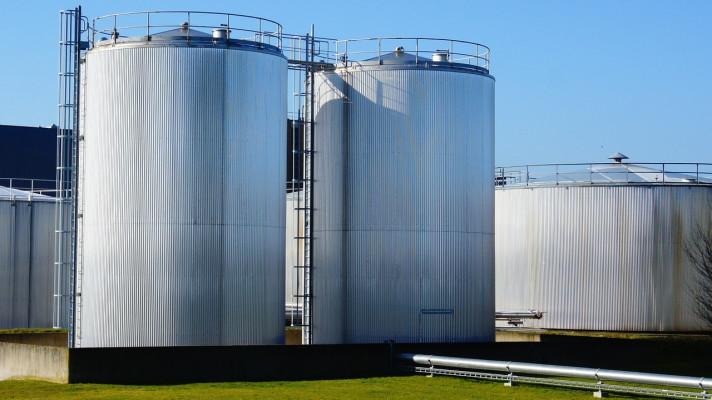Environmental conditions should be included in toxicity tests
Because natural conditions in the environment, such as temperature, can significantly affect the toxicity of pollutant chemicals on living organisms, the effects of pollutants can differ according to region. Ecological risk assessment should therefore include environmental characteristics relevant to each region, according to recent research.
Assessing the risk of pollutants to animal organisms is typically based on laboratory tests. Usually, the tests are conducted for single chemical compounds. In reality, conditions in nature vary widely, leading to inconsistencies between laboratory tests and how organisms are affected by pollutants in the natural environment.
It is known that natural environmental conditions, such as temperature or drought, can influence how chemical contaminants affect different organisms. Standardised toxicity tests can therefore only account for a narrow range of possible environmental conditions found throughout the world. In addition, mixtures of chemicals can interact with each other, and can be either more or less toxic than if each chemical were to act alone.
Funded by the EU NoMiracle1 project, this study investigated the interactions between toxic chemicals and the natural environment and the complex effects of both these influences on living organisms. The researchers analysed the results of 61 laboratory studies, which covered terrestrial and aquatic species, exposed to a range of organic and inorganic pollutants under a variety of temperature, air humidity, and soil moisture (or oxygen saturation in water) conditions.
The analysis demonstrated that interactions between pollutants and environmental conditions were widespread, but affected the toxicity of chemicals in unpredictable ways. Of the 61 studies, 38 showed significant interactions (62.3 per cent). Temperature specifically affected toxicity in 62.1 per cent of cases, whilst soil moisture or air humidity affected toxicity in 52 per cent of the studies. The oxygen content of water affected chemical toxicity in 7 studies. This is noteworthy because temperature directly affects the solubility of oxygen in water.
Two of these 61 studies were explored in more depth. One study investigated the combined effect of different temperatures and different concentrations of the toxicant phenanthrene (a polycyclic aromatic hydrocarbon pollutant commonly found in forest soils) on the population growth rate of the potworm, Enchytraeus doerjesi, in the laboratory.
The effect of phenanthrene on the potworms varied according to the temperature but it was not possible to predict any effect without experimental results. This implies that temperature conditions not only have a direct effect on the biological processes of potworms, but certain combinations of temperature and phenanthrene can alter or even reverse the temperature-potworm relationship. The effects of phenanthrene on potworms can therefore be expected to vary across different regions of Europe.
In the second case study, the interactions between two chemicals, nickel (a metal pollutant), and chlorpyriphos (an insecticide) and temperature on the ground beetle Pterostichus oblongpunctatus were examined in the laboratory. The results suggested temperature changes in unpolluted environments do not affect the beetles, but they may influence the interaction between both pollutants and consequently produce different toxic effects on the beetles. This implies that natural conditions can alter the interaction between pollutant chemicals in the environment, producing unexpected impacts.
Ecotoxicological testing should therefore include exposure of organisms to a variety of environmental conditions to fully represent conditions found in the natural environment.
- NoMiracle was supported by the European Commission under the Sixth Framework Programme, under the theme 'Global Change and Ecosystems'. See: http://nomiracle.jrc.ec.europa.eu/default.aspx
Contact: ryszard.laskowski@uj.edu.pl
